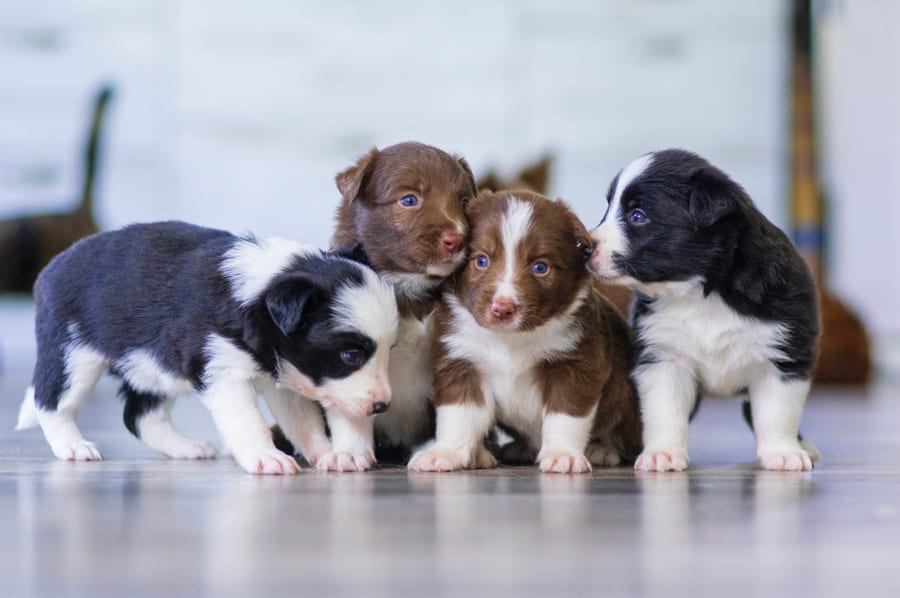[ad_1]
Is dog breeding ethical? Dog breeding is a business practice that profits from the reproductive systems of dogs. Our personal preferences for specific breeds cause health problems to the dogs as a result.
Furthermore, orphaned dogs are massively overpopulated, and each time we support a newly bred pup, we compromise the lives of canines without a family. Based on these three factors, dog breeding is anything but ethical.
And this isn’t unique to dogs. The same goes for any pet.
However, as I make such a claim, I’m a hypocritical parent to my dog Chewy, which my wife and I bought from a family that couldn’t keep him when he was 11 months old.
Even though we didn’t purchase him directly from a breeder, I’m playing a role in exacerbating the overpopulation issue of dogs around the world by not adopting him.
After compiling this article, if I consider getting a pet in the future, I’ll never, I repeat, will NEVER buy—but instead adopt. I hope that you’ll do the same.
Okay, I know I’m coming in a little intense, and you’re probably already uncomfortable, but stick with me.
In this post, we explore the domestic dog industry, the process of breeding dogs, ethical considerations and finish with some options if you’re seeking to adopt a furry friend.
The domestic dog industry
Dogs, descendants of wolves, were among the first animals domesticated by humans.
Wolves would often hang around human camps, attracted to their food. Humans shared food with wolves in exchange for hunting assistance and protection.
After some time, the relationship between wolves and humans evolved into a domestic companionship living up to the famous phrase, “a dog is a man’s best friend.”
With different breeds of wolves and wild dogs across continents, they were cross-bred to create new species. And then those dogs were cross-bred to formulate unique breeds again. This process has been repeated until today, which we’ll touch on later.
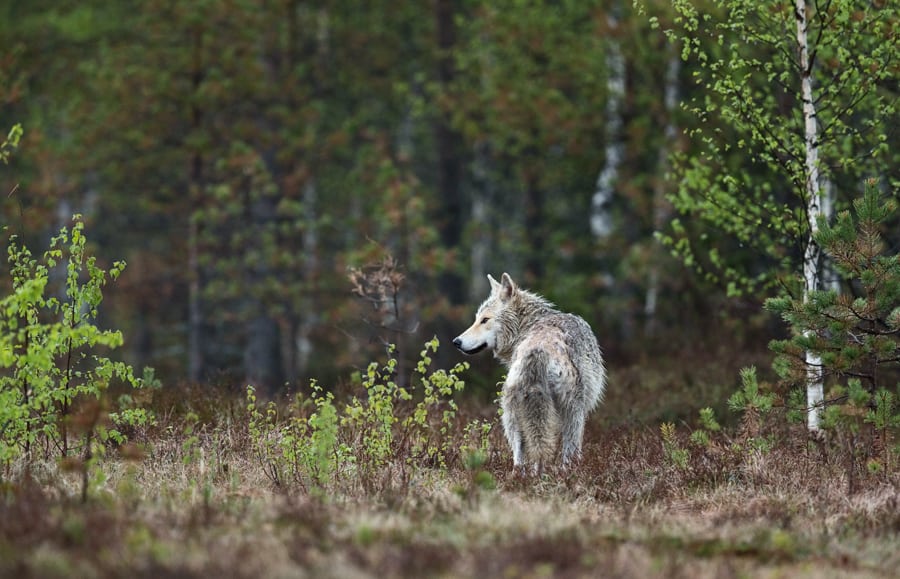

Dogs now serve as companions, hunting dogs, offer protection services and aid with accessibility needs.
As it stands, as a global society, we’re obsessed with dogs. There are approximately 470 million pet dogs worldwide, with France leading the way with the highest dog per person ratio of 17 to 100.
The market size of the U.S. dog and pet breeder industry is valued at 2 billion dollars.
Additionally, folks spend thousands of dollars each year on pet dogs.
Canines are the biggest influence for driving first home purchases for millennials. Not babies. Dogs.
Our love for dogs has created a multi-billion dollar industry. But at what cost?
Let’s look at the dog breeding process to understand the morality of this situation.
Dog breeding: puppy farms vs backyard breeders
Dog breeding is straightforward. Mate a male dog, a.k.a. Sire or stud with a female dog a.k.a. dam or bitch, so they can birth a litter of pups for sale. Do this repeatedly, and you have yourself a dog breeding business.
However, like most industries where animals are a commodity, there are two vastly different approaches to breeding dogs.
One is large-scale operations, including puppy farms. The other is indie practices that often occur in suburban homes. Let’s look at both in more detail.
Related article: Is It Okay For Vegans To Eat Eggs From Backyard Chickens?
Commercial dog breeders
A puppy farm, a.k.a. puppy mill or puppy factory—is a breeding operation for domestic puppies. Anywhere between hundreds and thousands of dogs are distributed to resellers and pet stores.
Like battery farmed chickens, the more human resources spent on breeding, the less profitable. So dog farmers industrialise the process to the point of horrendous exploitation.
Puppies are kept in small cages living in their filth, with no play, no exercise, little light and virtually no human contact.
Some mills funnel dog food through pipes into the pens to further limit any contact.
To reduce disease, puppy farmers are known to pump dog food with antibiotics. If the dogs become sick, they’re drowned or shot with a gun.
If this wasn’t bad enough, resellers smuggle puppies across borders from these puppy factories and post them online under different names to sell dogs that are so sick that they sometimes die within days of being re-homed.
The goal of these dodgy online sellers is to rely on the emotional connection the buyer forms with the puppy upon inspection to bypass any veterinary paperwork. These deals are done in cash, making the transaction impossible to trace.
It’s a lucrative business to be a reseller. In the U.K., for example, sellers buy pups from mills between £30 to £40 and then on-sell the dogs for prices in the range of £500 to £1000.
Like any extreme example, I’m sure there are puppy mills that aren’t as horrifying as the ones described above, but then tracing suppliers’ ethics is difficult for buyers.
Backyard dog breeders
As the name suggests, backyard dog breeders breed puppies from private real estate, whether in a rural or suburban home.
Due to property size, these indie breeders are tiny scale when compared to puppy mills. Indie breeders are often passionate and take great care when raising puppies.
In contrast to industrialised breeding, backyard breeders make efforts to keep puppy environments clean, try to give the dogs quality food, socialise, play, and do all the things you’d expect from a caring dog parent.
Sometimes indie breeders will keep a stud to mate with females routinely. However, they’ll often pay for a study to help reproduce.
While some backyard dog breeders make a full-time business from breeding puppies, most breeders do it casually to create a supplemental income source.
Generally, backyard dog breeders have relatively responsible practices; however, not all operate with a high level of care.
Assessing the ethics of dog breeding
There are three key issues when looking at the ethics of dog breeding:
- Conditions of puppy farming
- Artificial selection of breeds
- Overpopulation of dogs
Let’s look at each point in more detail.
Note: These examples don’t include the shady business practices that con artist salespeople use to trick consumers into buying sick dogs.
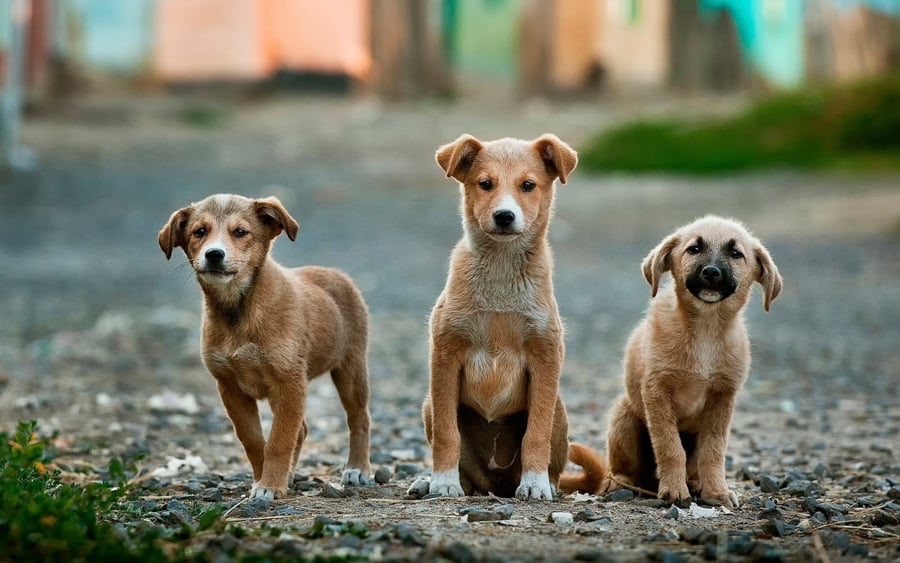

1. Conditions of puppy farming
The living environment for puppies in factories draws similarities to that of commercial animal agriculture.
Dog breeding is a slave trade that gives no consideration to the health and well-being of the pups, despite merely staying alive until appropriately monetised.
Puppy mills are cruel, immoral, and unethical in every sense. It’s why California became the first state in America to ban the sale of puppy mill dogs in pet stores.
Unfortunately, I can’t say the same for my home country of Australia, as puppy farms without caps are still legal in all states. However, dogs are no longer sold in pet stores.
Every time we buy from a puppy factory, we further exacerbate the issue.
2. Artificial selection of dog breeds
At the beginning of this post, I mentioned that we bought our dog Chewy from another family just before his 1st birthday.
Chewy is a Cavoodle, a.k.a. Cavapoo; a King Charles Cavalier crossed with a Poodle. However, he is more poodle as his parents were a Cavoodle and a Poodle. Making him ¾ Poodle. This was because the family wanted to make sure that he didn’t shed at all as their daughter had allergies.
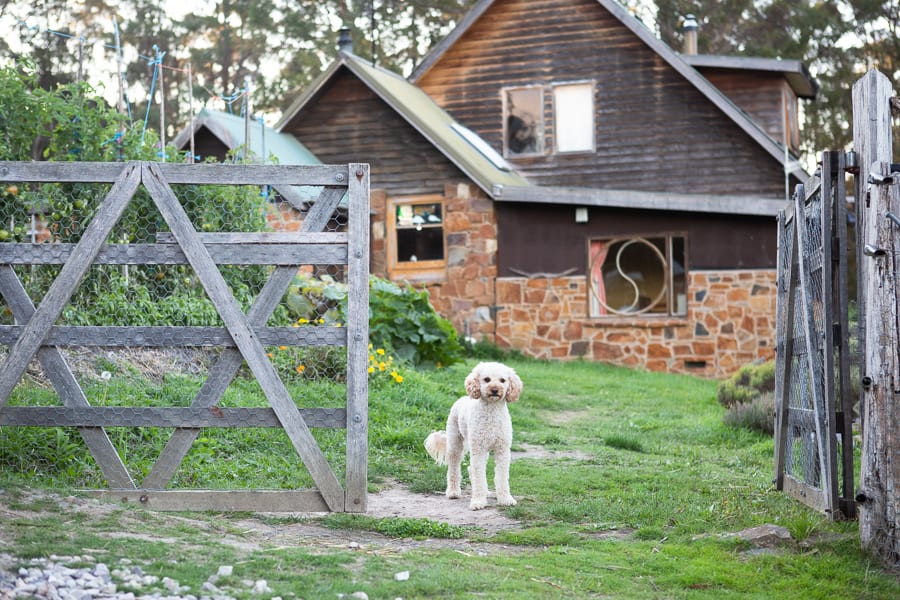

I never thought we’d end up with a Cavoodle. It wasn’t until we were dog sitting in our friends’ Cavoodle, Coco, that we fell in love with the breed. These dogs are super affectionate, playful, cute and don’t shed.
I’m confident if you’ve bought a specific breed or cross-breed of dog, you have your version of my story. You have your reasons for getting the dog you purchased, whether it’s temperament, size, cuddliness, aesthetic, hyper-allergic etc.
But don’t you find it interesting how we’ve specked out dogs like we would a car or a new iPhone?
Domesticated wolves travelled with their human counterparts across seas and naturally mated with other wolves to create variations of dog breeds.
However, somewhere along the line, we decided to play god and manipulate the genetics of dogs to our preferences.
Buying dogs can often be more about a materialistic, impulsive purchase as opposed to a well-considered family adoption.
For instance, the mythical creature dire wolf on the widely popular TV series Game of Thrones sparked a massive demand for the smilier looking Siberian Huskies.
However, owners didn’t realise the work involved to care for a Husky, and the annual abandonment rate for the breed increased by 710%.
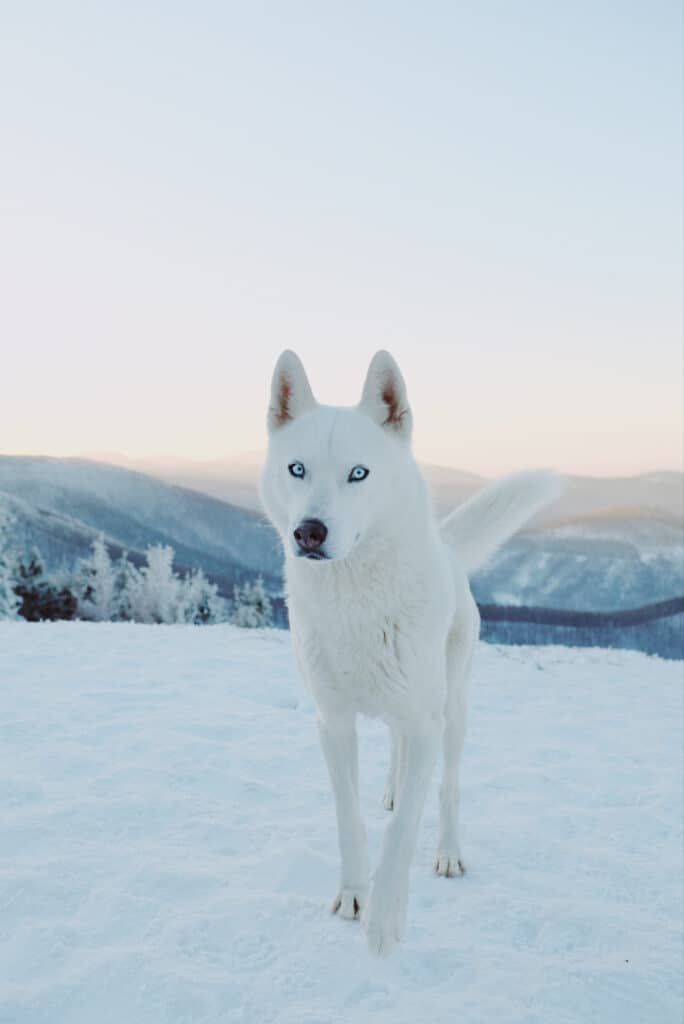

Then there’s Paris Hilton, the famous media personality who popularised carrying her tiny Chihuahua, Tinkerbell, in her handbag in the early 2000s. Animal rescue shelters in San Francisco couldn’t keep up with the volume of abandoned Chihuahuas, referring to the situation as the Paris Hilton Syndrome.
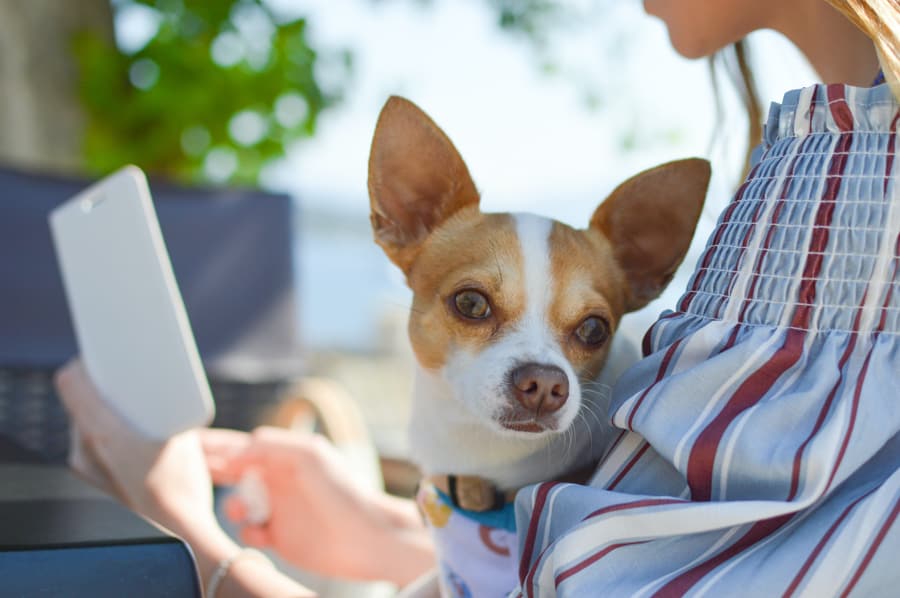

Nowadays, dogs have social media accounts, and we dream about acquiring our favourite breed one day and will stop at nothing to get them.
Meanwhile, all of these mutants we’re breeding are suffering because of our preferences.
For instance, originally, German Shepherds had relatively flat spines. But there was a demand to make them bigger and more imposing. As a result, German Shepherd’s backs started to slant down, resulting in hip dysplasia.
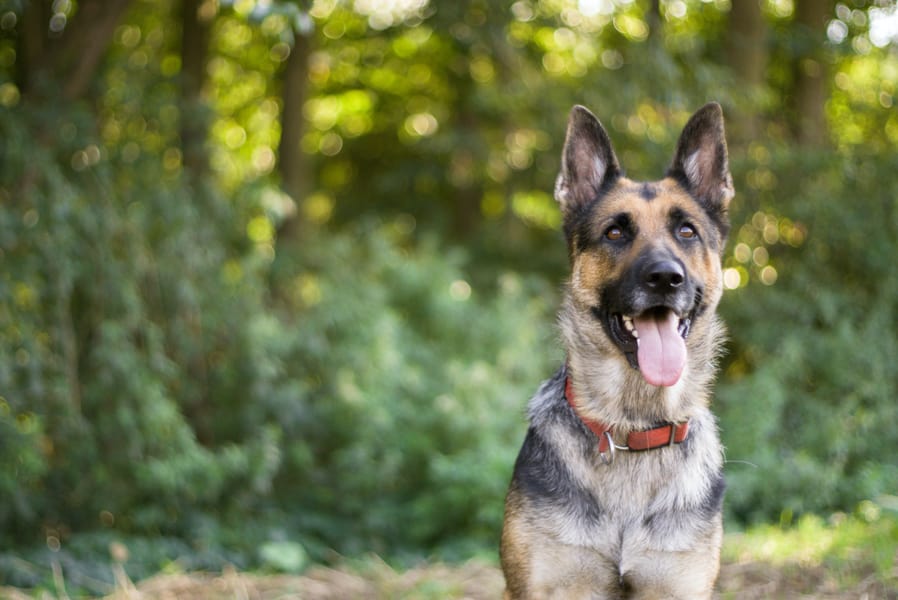

Then take the adored pug, selectively bred to have an extremely flat face and a curly tail.
The pugs pushed-in face makes them vulnerable to breathing difficulties, overheating, dental problems and low oxygen levels.
And a pug’s curly tail is a deformity that causes these poor dogs back problems and leg paralysis.


Look at the video below for more examples of how artificial breeding has led to physical defects in the dog breeds we adore.
3. Overpopulation
The most pressing issue with dog breeding is overpopulation.
Let’s look at the United States as an example.
According to the ASPCA, approximately 3.3 million dogs enter shelters every year. 1.6 million are adopted, and 670,000 were euthanised. Around 620,000 dogs who entered shelters as strayed are returned to their owners.
While a third of the dog population in shelters gets overlooked (including 20% that are put down), 34% of dogs are purchased from breeders each year), this is the most popular method for acquiring a dog.
Interestingly enough, only 3% of cats are purchased from breeders.
So, rather than accounting for stray dogs, we’re talking about millions of dogs in desperate need of a family, yet we still opt to buy from breeders.
It’s a supply and demand problem. Every time we choose to support a breeder, we not only signal to the market to produce more puppies, but we also contribute to the death of dogs in shelters.
Thousands of years of domestication and selective breeding has led to a pet population issue that has gotten way out of hand.
Unlike the animal agriculture industry, where governments willingly subsidise farming for food, the same governments struggle to monitor commercial dog breeders.
The dog breeding business is more like a hybrid between farming and drug dealing in its shady underground practices.
It’s a messy situation that requires a huge cultural shift to overcome. Below are some steps we can take to reduce the suffering of domestic dogs.
What are the most ethical options for bringing a dog into your life?
It’s overwhelming to acknowledge what’s happening with domesticated dogs.
Due to the overpopulation issue caused by our preferences, we need to do our best to reverse the damage. Here are some ethical options if you’re considering a pet dog.
1. Adopt from an animal shelter
Adopting a dog from an animal shelter is by far the most ethical option. These organisations work tirelessly to bring in stray and abandoned dogs and find new homes for them.
There’s usually an adoption fee which generally covers spay/neuter, worming, vaccinations and microchipping.
Adopting means letting go of our expectations of breed and preference and instead making decisions from our hearts and compassion.
With that said, despite misconceptions, there are dog breeds available for adoption beyond Staffordshire Bull Terriers (no offence Staffy’s), including younger dogs as well. You may just need to be a little patient.
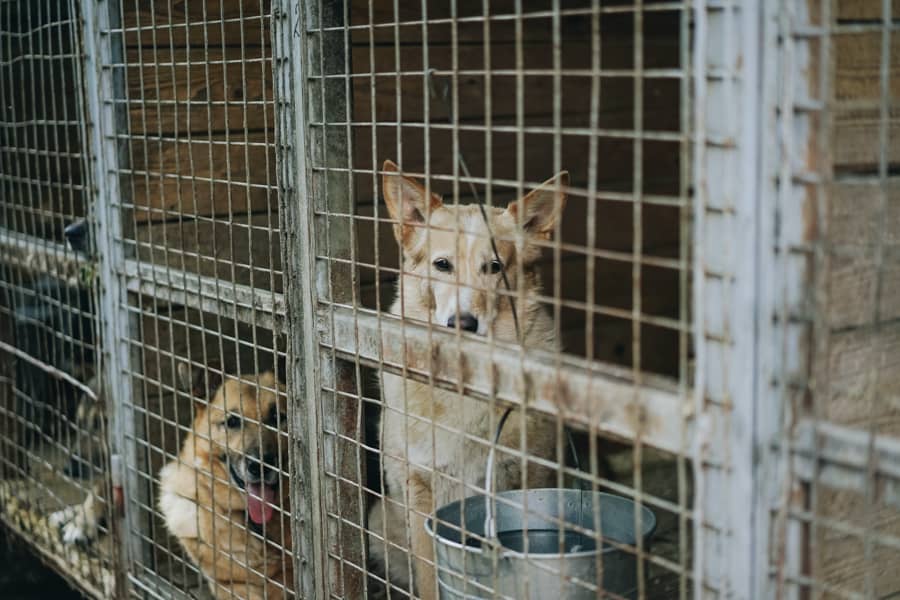

2. Buy or adopt privately
After adopting from a shelter, the next best option is to buy or adopt a dog privately. For various reasons, pet owners decide to re-home their dogs and usually post their pooches online either for a price or free.
The benefit here is you prevent the dog from ending up at the pound or being neglected with their current family.
Conversely, the risk with acquiring a dog privately is trusting sellers.
There’s no public accountability for getting a dog from people you don’t know. So be sure to check for birth certificates, veterinary documents and most importantly, visit the dog in its current home environment.
NEVER pick up a dog without seeing how it lives first. Otherwise, you could get scammed into adopting a sick dog.
For example, before buying Chewy, we drove 2.5 hours to meet his family and could see that he’d been living in a safe environment. When we committed to Chewy the following week, his former family made an effort to drive home and do a proper handover with toys, bed, food and final words of advice. There were tears, both sad tears for them and happy tears for us.
Yet, even then, we later discovered that Chewy had a heart murmur that wasn’t captured in his medical history. This could be a coincidence and a condition that the family genuinely missed, or it could’ve been information that was intentionally kept from us.
We didn’t bother to follow up as it wasn’t going to change our relationship with Chewy. We love him and are in it for the long haul. But it just goes to show that you need to be diligent when buying a dog privately.
3. Buy from a pet store…with one condition
You can still buy a dog from a pet store, but only if the dog is from a shelter, not from a breeder.
In Australia, the legislation bans pet stores from selling puppies from breeders, so they’re from animal shelters if they do have dogs or cats.
If, however, you’re in a different jurisdiction and can’t prove if the dogs available aren’t from a breeder, walk away.
4. Friends and family
Another option for getting a dog is to put out some feelers for your friends and family. You just never know if someone you know has been considering re-homing their pooch.
Moreover, having an existing relationship with the previous family gives you peace of mind for adoption.
Is there such a thing as responsible dog breeding?
Responsible dog breeding is about being diligent and considerate with each step of the breeding process. The goal is to become a reputable breeder with the best quality puppies available.
According to the American Kennel Club, responsible dog breeders have an acute knowledge of the lineage of their litters. They’re selective with which families their pups go to—in addition to other “ethical” checks along the way.
Despite these efforts, supporting responsible dog breeders over the options listed previously still contributes to the overpopulation issue. This begs the question, can we really call any form of dog breeding responsible when the lives of abandoned dogs are being lost as a result?
Furthermore, responsible breeders are still trying to maximise their profits by having their bitch reproduce back to back as much as possible—exploiting the reproductive system of their dogs.
If we need to use labels, then sure, there are particular dog breeding practices that are responsible when compared to the atrocities of dog farming. And if you were going to buy a dog from a breeder, be sure to source responsible operators.
But don’t let the terminology blind you from the impact of supporting any type of dog breeding over adoption.
What do you think? Is it cruel to breed dogs?
This is a challenging subject as many of us consider our dogs part of our families, and it’s not easy to face the realities of our choices. I’d love to hear from you now. Do you think there’s such thing as responsible breeding? Why? Why not?
[ad_2]
Source link
